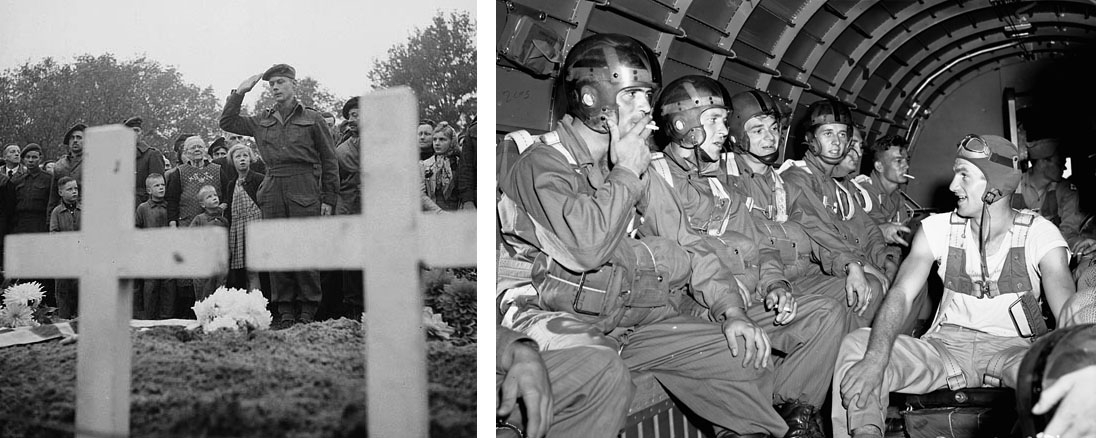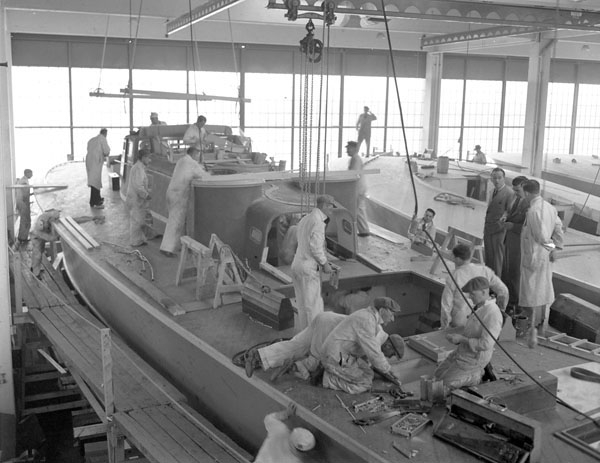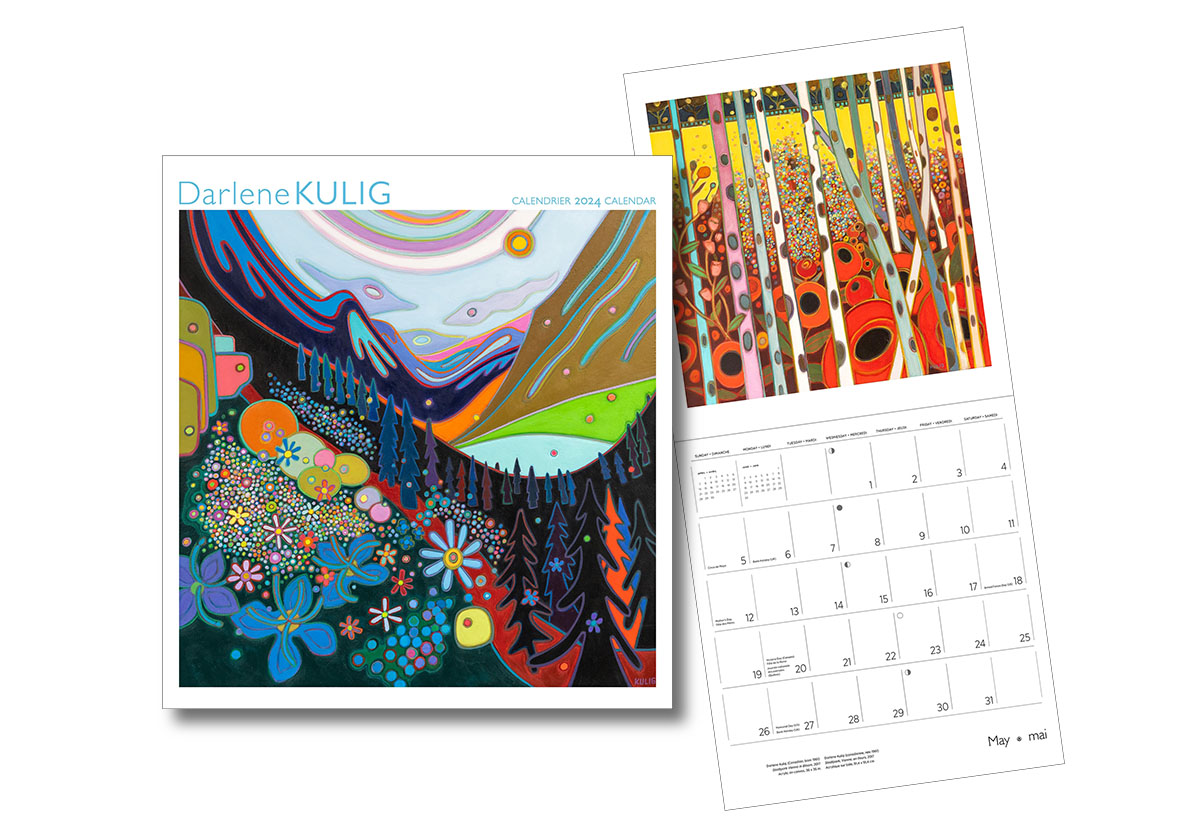
Seeing is Remembering–Ancestry Canada opens WWII photograph and newsreel collections for Remembrance Day
ABOVE: Major William Ewing saluting at the funeral of 55 members of a company of the Black Watch. (RIGHT) The first group of Canadian parachute candidates, Georgia, United States, 7-11 September 1942. (Photos: Contains information licensed under the Open Government License – Canada)
Stories echo through our families of great grandparents who worked in special services, great-uncles who survived a POW camp, and grandmothers who were entertained as children by Canadian soldiers passing through town. These stories are often vague, full of unknowns, yet we recount them with pride in memory of our loved ones. We long to connect our questions with answers and know the lives that lived through World War II, on the battlefield and home front.
At the beginning of WWII, the Canadian Government Motion Picture Bureau recommended the Army form a special film and photographic unity to distribute material worldwide to boost morale and further the war effort. New advancements in visual recording provided a new way to document the war beyond written names, dates, and facts. The new public relations unit in 1940 soon covered all three military branches, the Army, Air Force and Navy. Photographers and videographers covered the war, and local and international news sources circulated their material.
From November 1 to November 11, Ancestry Canada is providing free access to newly indexed Canadian World War II record collections–including 2,500 images and more than 100 newsreels portraying combat and routine life. The visuals illustrate a unique perspective on our ancestors’ lives and experiences of the war.
“Canada’s military and civilians played a key role during WWII,” says Simon Pearce, Ancestry’s military family history expert. “Learning about the experiences of our ancestor during the conflict through amazing resources such as these photos and newsreels can help provide a personal connection to Remembrance Day and an understanding of how the conflict may have shaped our family histories.”

ABOVE: Workers on the Deck of A Motor Torpedo Boat Montreal, Quebec, April 1941. (Photo: Contains information licensed under the Open Government License – Canada)
The “World War II Newsreels, 1942-1945” and the “Faces of the Second World War, 1941-1945” collections, now available through Ancestry, are a window into wartime life, bringing facts and information to life through photographs and newsreel visuals.
Among the newsreels and photographs, a boat full of British POWs lands in Vancouver on its journey home, medical research conducts medical imaging at RCAF Headquarters in Ottawa, and the famous Royal Highland Regiment, or Blackwatch of Canada, is welcomed home with a full parade on St. James Street in Montreal. A newsreel showcases Toronto’s new subway to push post-war economic expansion, and in Vancouver, a home is built in “wartime speed” in a mere eight hours.
The collections are a part of Ancestry’s 30 billion records, a testament to Ancestry’s renown as a global leader in family history and consumer genomics, with over thirty years’ experience connecting millions of people to their family history.
This Remembrance Day, phone your grandmother and ask for the names of your great-grandparents, search the visual war footage with your family name and cultivate a deeper connection to your family’s WWII experiences.
“Now is the perfect time to explore collections such as these on Ancestry, so we can honour the memory of our ancestors and feel a deeper bond to the past.”








